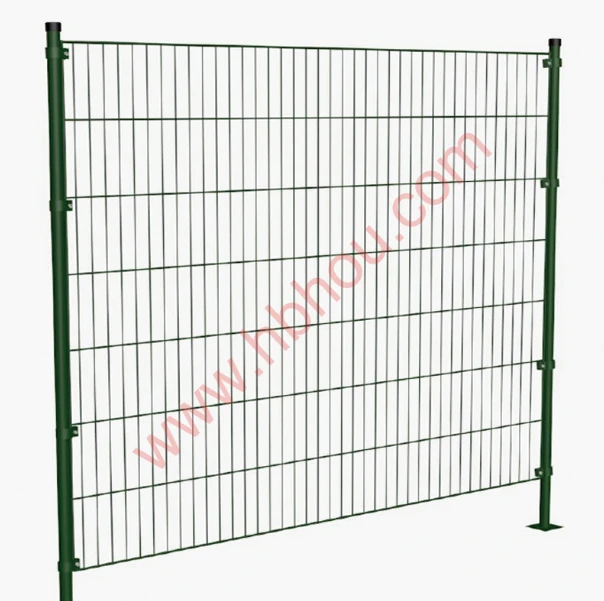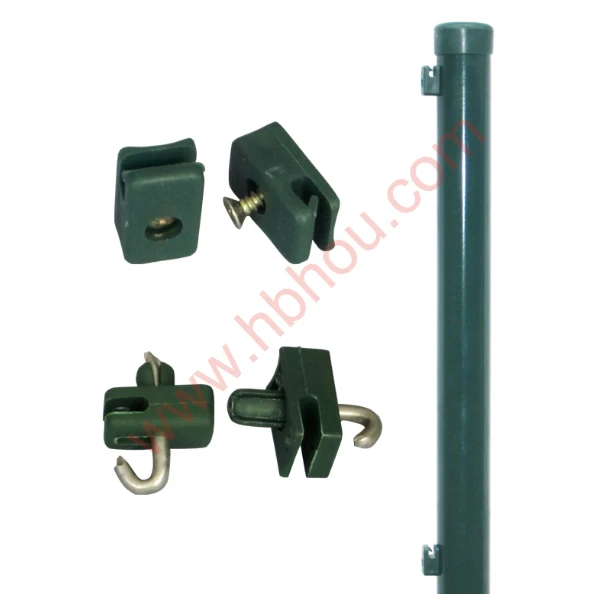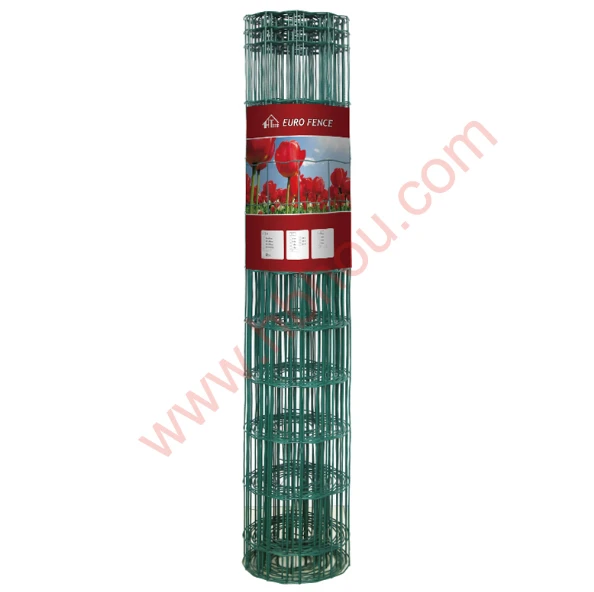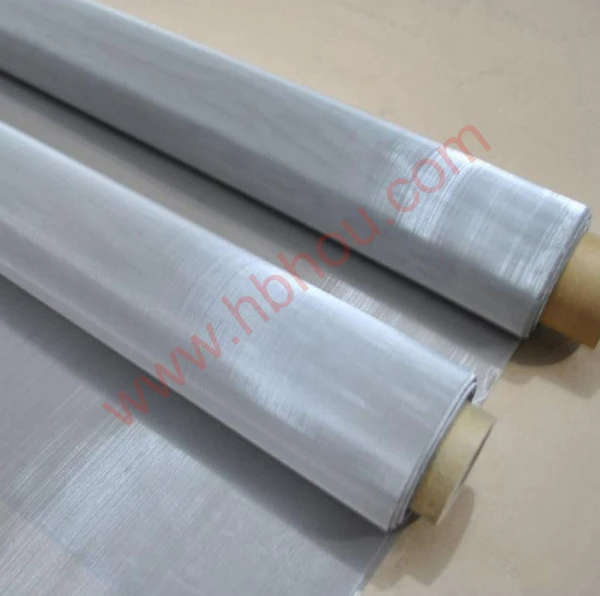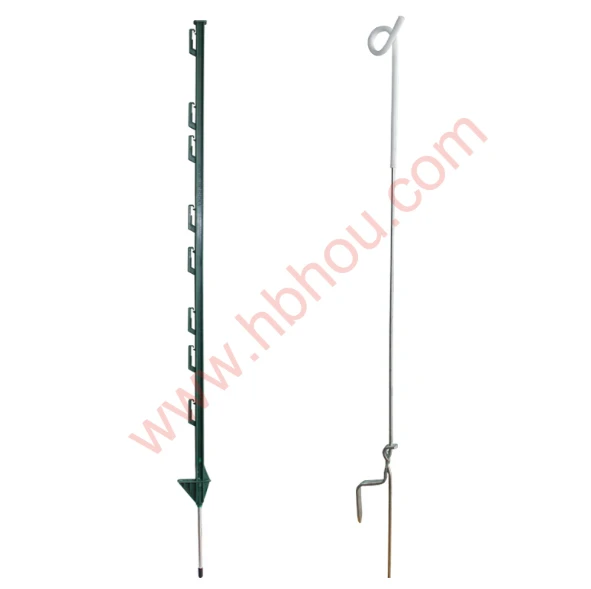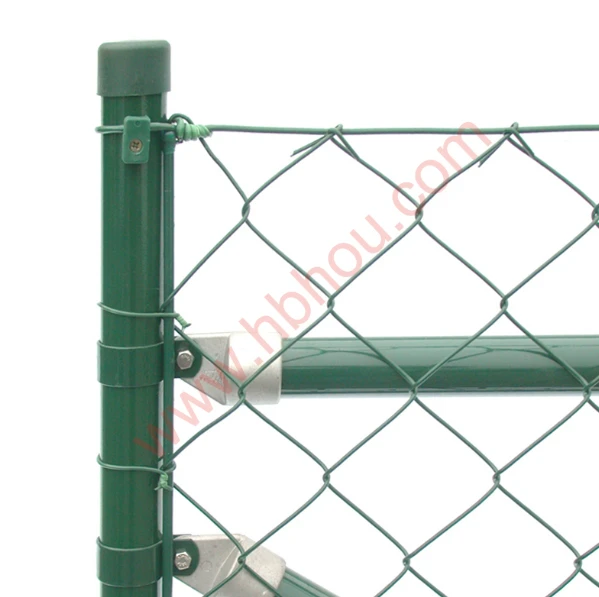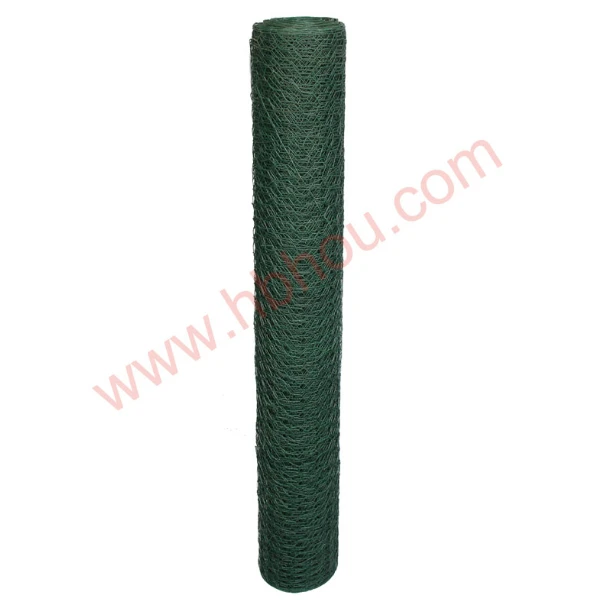Understanding Chain Link Fence Post Clamps A Comprehensive Overview
Chain link fencing is a popular choice for residential, commercial, and industrial applications due to its durability, visibility, and cost-effectiveness. One vital component of this fencing system is the fence post clamp, which plays a critical role in ensuring the stability and functionality of the fence. This article delves into the importance of chain link fence post clamps, their types, installation process, and maintenance tips.
Importance of Chain Link Fence Post Clamps
Chain link fence post clamps are essential for securing the chain link fabric to the posts, providing a stable and rigid structure. These clamps help to prevent the fabric from sagging or becoming loose over time, which can compromise the integrity of the fence. By ensuring that the fabric remains taut and securely attached to the posts, clamps contribute significantly to the overall stability and longevity of the fencing system.
Additionally, post clamps allow for adjustments during installation and provide flexibility for future modifications. Whether one needs to add a gate or modify the fence line, post clamps make these changes easier without compromising the overall structure.
Types of Chain Link Fence Post Clamps
There are several types of chain link fence post clamps, each designed for specific applications
1. Standard Post Clamps These are the most common type, typically used to secure the chain link fabric to terminal posts. They come in various sizes to accommodate different post diameters and fabric gauges.
2. U-Bolt Clamps These clamps are shaped like a U and are often used with larger posts or to secure multiple strands of wire fencing. The U shape allows for a tight grip around the fabric, ensuring it stays in place.
3. Square Post Clamps Designed for use with square posts, these clamps provide a flat surface for secure attachment. They are ideal for applications where aesthetics matter, as they maintain a clean appearance.
4. Top Rail Clamps Used for connecting top rails to posts, these clamps ensure that the fence remains rigid and stable. They are crucial for maintaining a proper line and height throughout the fence line.
Installation Process
chain link fence post clamps

Installing chain link fence post clamps is a straightforward process, but it requires attention to detail to ensure the best results
. Here’s a step-by-step guide1. Gather Tools and Materials You'll need the chain link fabric, posts, post clamps, a measuring tape, a level, a wrench or socket set, and possibly a drill.
2. Prepare the Site Ensure that the area is cleared and marked for your fence line, taking care to measure distances carefully.
3. Install the Posts Set your posts in concrete, ensuring they are plumb and level for stability.
4. Attach the Fabric Unroll the chain link fabric along the fence line, positioning it against the posts.
5. Secure with Clamps Place the clamps over the fabric and onto the posts. Use a wrench to tighten the clamps, ensuring the fabric is taut but not overly stretched.
6. Final Adjustments Check the alignment and height of the fabric. Make any necessary adjustments before finalizing the installation.
Maintenance Tips
To ensure the longevity of your chain link fence and its post clamps, regular maintenance is essential. Here are a few tips
- Inspect Regularly Periodically check the clamps for rust or wear, especially in harsh weather conditions. - Tighten Loose Clamps If you notice any sagging or movement, re-tighten the clamps to secure the fabric properly. - Paint or Coat for Protection Consider applying a weather-resistant coating to the clamps to prevent rust and corrosion.
In conclusion, chain link fence post clamps are crucial for maintaining the integrity and functionality of chain link fencing. By understanding their importance, types, and installation techniques, as well as committing to regular maintenance, property owners can ensure their fence remains a reliable barrier for years to come. Whether used for residential yards, commercial properties, or industrial sites, these clamps are an indispensable part of the chain link fencing system.









